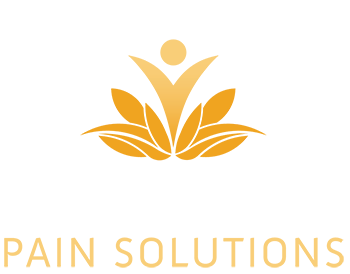Chronic Migraines – Malicious Monsters
Here it comes… again.
Oh, God. Not again.
Not now. You don’t have time for this.
You know what it is – from those first faint pulses.
You can feel it creeping up.
And then, it hits you – like a freight train.
Throbbing. Pounding. Aching.
Your head threatens to burst like an overloaded water balloon.
It’s all about the flow.
Migraine headaches have long been associated with blood flow changes inside your cranium.
Imitrex, Midrin, Fiorocet, the list goes on.
These commonly prescribed medications limit the dilation of cerebral arteries, thus limiting blood flow to your head and relieving the pressure and pain.
They can be helpful, but they may be treating only a symptom, not the underlying cause.

Looking for long-term relief? Treat the real problem.
This is where Neurosomatic Therapy comes in.
Did you know that your venous system’s blood drainage pathways depend on your posture?
When you’re lying down, your blood prefers to flow out through the jugular vein.
But when you’re standing, the jugular vein collapses, and your blood has to find another pathway, through the vertebral venous plexus.
Over the years, the vast majority of my patients who experience chronic migraines have significant distortions in the positions of their neck vertebrae.
This distortion causes your veins to collapse, but not your arteries.
So blood flows toward your brain, but not away from it.
Translation? Bad posture.
Result? Backed up pressure. A LOT of it.
Cue that pounding migraine of yours.
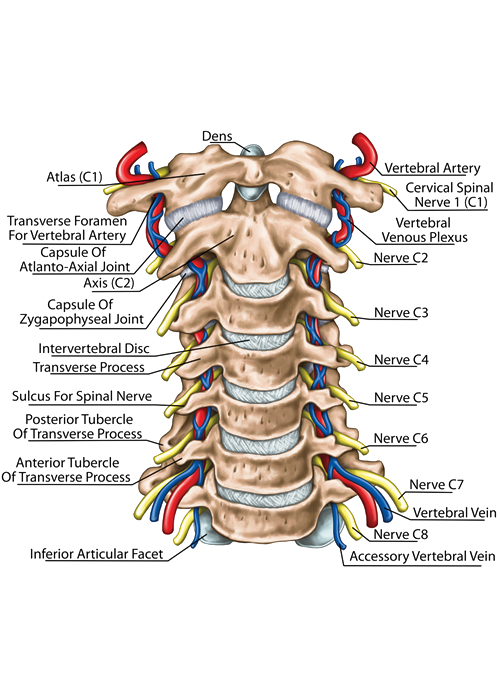
Where did my posture go?
Now you’re probably thinking, “Well, how did my vertebrae get so out-of-whack in the first place?”
Excellent question.
Although there are several potential answers, if we want your vertebrae to stabilize in a neutral position, we need to examine the position of your entire body.
In my practice, I’ve noticed that rotational patterns in the torso can profoundly impact the neck and head.
Trauma. Poor posture. Side-dominant neurological tendencies. Structural inequalities.
All of these can cause large rotational patterns in your torso and set the stage for migraines.
But don’t worry!
As your Neurosomatic Therapist, I’m trained to find the source of postural dysfunctions and correct them – using safe, effective, non-invasive methods.
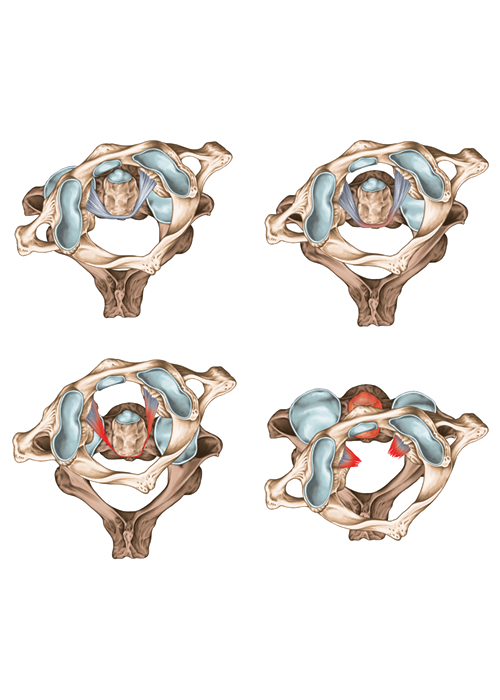
The road to relief
Often, all it takes is some gentle soft tissue work and mobilizations – a manual realignment.
This takes the pressure off the vertebral veins and allows your cranium to drain normally.
Chronic Tension Headaches: The Usual Suspects

You’ve been working hard, but now it’s just too much.
Frustrating.
Nagging.
Annoying.
It’s late in the day.
It’s over. You can’t focus.
You’re fatigued; your neck hurts; and the pressure is throbbing in the front, top, or sides of your head.
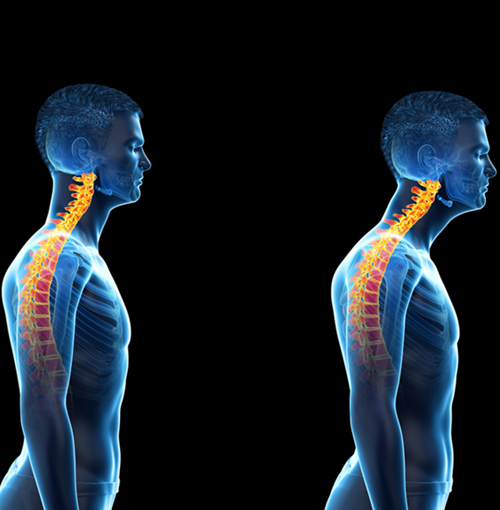
Got a pain in the neck?
The cause of chronic tension type headache (CTTH) is unclear; but as with most chronic conditions, evidence suggests that it has many underlying factors.
However, regardless of the cause, if you’re suffering from CTTH, you’re probably experiencing much greater sensitivity to pressure in the muscles of your cranium and neck.
A common treatment is the use of a paralytic, such as Botox.
And it works – temporarily.
But you need effective, long-lasting results.
A better solution
In my experience, forward head posture is a major culprit of CTTH.
It’s a painful, slippery slope.
Forward head posture leads to…
An abnormally high load on the neck muscles (which are particularly important), which can lead to…
Increased muscle tension.
Trigger points.
Sensory nerve entrapment.
You just want to make it stop! Now, and for good.
These muscles that attach to the cranium and vertebrae of the neck are particularly important.
When they develop trigger points, they have the greatest ability to generate common headache pain patterns.
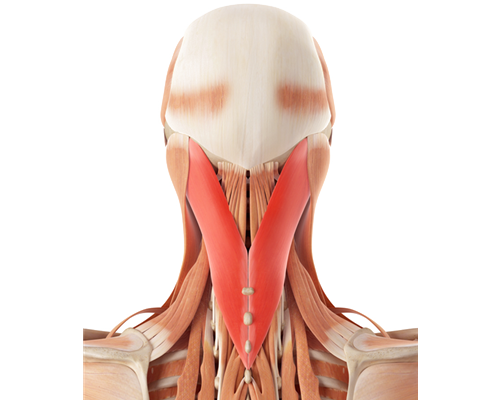
The stressed-out Splenii sisters
At the back of your neck lie the splenius capitus and the splenius cervicis, two muscles responsible for rotation and extension.
As your head travels forward, it drastically decreases their ability to counteract its weight.
Over time, they develop trigger points.
And the sisters are going to let you know about it in a big way.
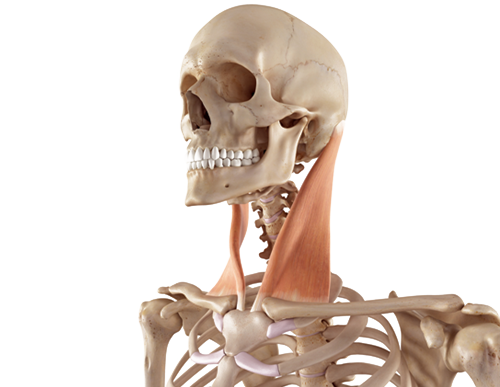
The SCM
Enter their next-door neighbors, the sternocleidomastoid muscles (SCM).
These guys run diagonally down the front of your neck on either side – from the mastoid process of your temporal bones (that little bony bump under your ears) to your sternum and collarbone.
Trigger points in these muscles can create referred pain patterns that radiate into the forehead, and even into the back of your eye.
When they’re pissed off, the SCMs can literally be a headache to deal with!
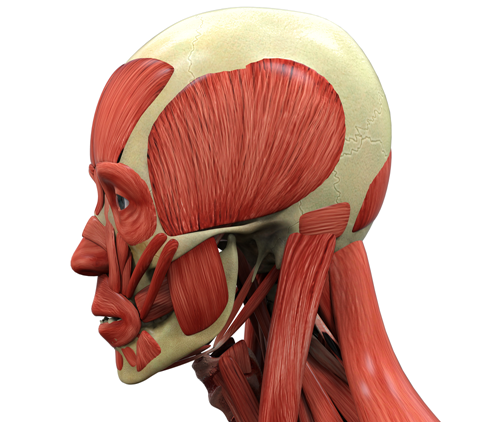
The TMJ Connection
As if those weren’t enough to give you a headache (they just keep on coming), your neck’s upstairs neighbors aren’t too friendly, either.
Several of your jaw muscles can be responsible, as well.
The masseter and temporalis muscles in particular are known for this when they develop trigger points.
If you’re suffering from TMJ issues and headaches, either one – or both – of these muscles are the likely perpetrators.
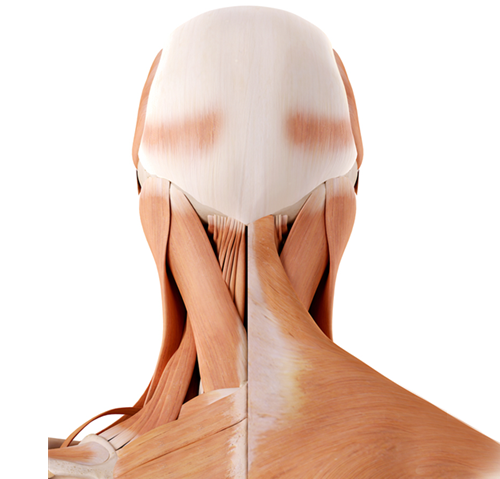
Nerve Entrapment
Two other muscles that I find to be common sources of headaches are the upper trapezius and semispinalis. These two can become tight for very similar reasons as the splenii –
They can entrap your greater occipital nerve and refer additional pain to your head.
As you can see, a host of different muscles and structures can cause headache pain.
By the way, is your head spinning (or aching) now?
Don’t lose hope!
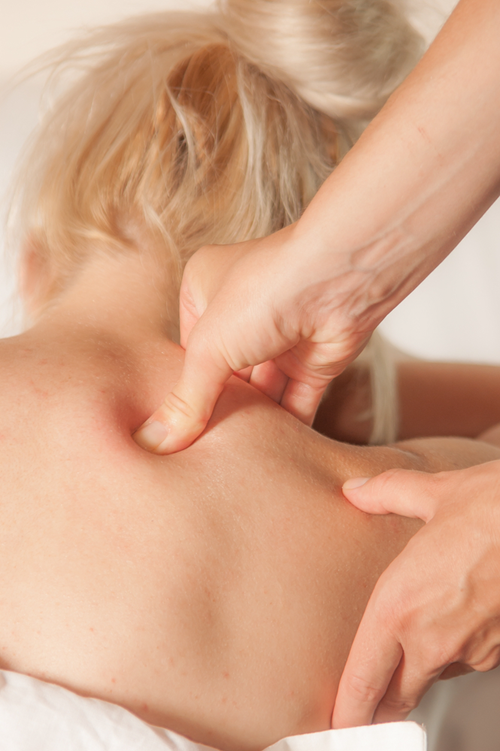
Together, we can conquer them all!
Using the findings from your assessment as a guide, I’ll treat the most likely culprits first – with gentle compressions and trigger point therapy.
This can be uncomfortable – and can even temporarily intensify or flare up your headache pain – but wait! Eureka!
Oddly enough, if this happens, it’s a good sign!
This means we’ve identified the real source of your pain.
Proper treatment of the trigger points has other benefits, too.
Fresh blood flows into your tissues.
Resting tension is reset.
Inflammation subsides.
And guess what? So will your headaches!
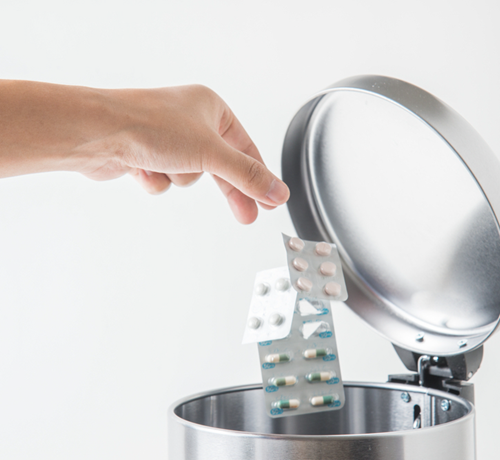
Banish the Botox. Oust the O-T-C’s.
Go ahead. Throw out the aspirin bottles. You won’t need them.
Correcting your poor postural habits – with targeted soft tissue work and corrective exercise at home – will ensure that the compensation patterns that caused your trigger points to form in the first place will not return.
This way, you won’t have to come back and keep seeing me every week for the rest of your life to keep your headaches at bay.
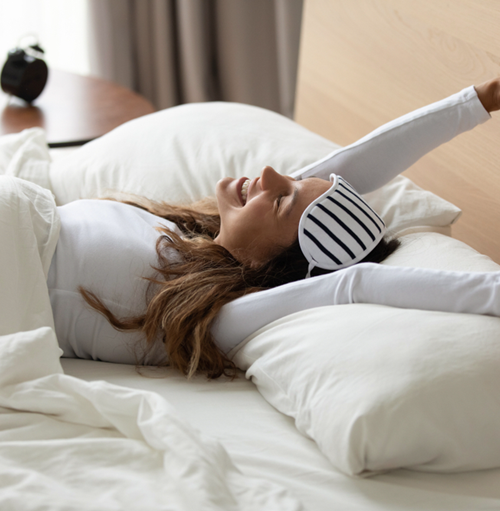
Kiss your pain goodbye and live life on your terms!
Why suffer one more minute when you don’t have to?
Imagine getting a good, pain-free night’s sleep.
Waking to a new day, blissfully comfortable on your pillow.
Working all day without having to stop, stretch, or pop your favorite pain reliever.
Reach out today (267) 415-6003. Let me show you what you’ve been missing.
Now, that’s a real head turner.
